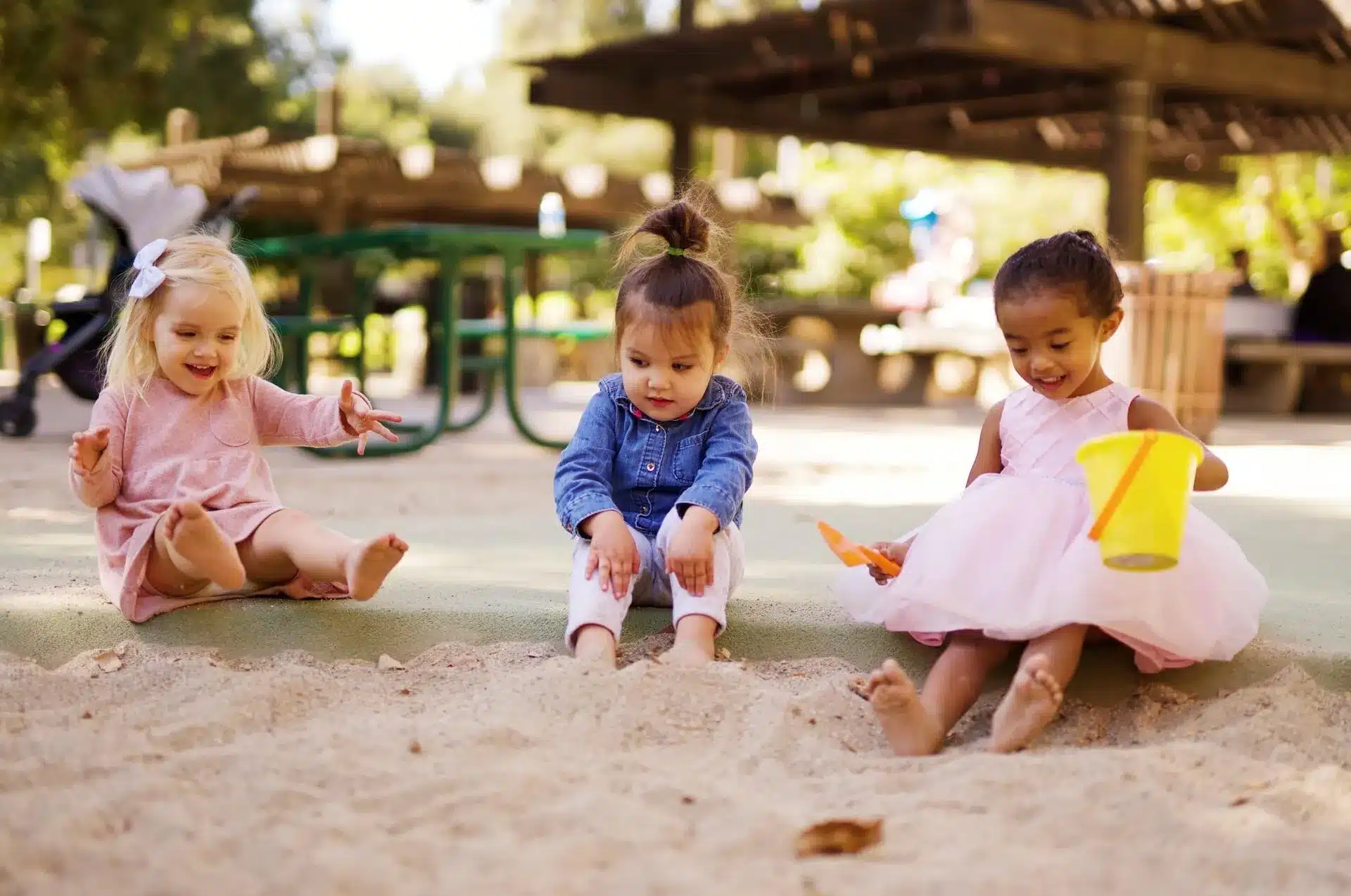Kaila Bellinghausen, M.S., LPC Associate under supervision of Courtney Guhl, M.Ed, LPC-S, RPT-S
Play is one of the most natural occurrences in childhood. From the time parents play peek-a-boo with their infant up unto early adolescence, children play. Before a child becomes 11-years-old, they typically lack the ability to communicate in the way adults do. For adults, like you and me, it is easy to talk with someone about our hopes, fears, and struggles. We have the vocabulary to express ourselves and the ability to think abstractly. We have learned how to use language to communicate our needs and connect with other human beings. Children under the age of 11, however, have not yet hit the developmental stage where they can do this. PLAY is the way they communicate. Garry Landreth (2012), founder of The Center for Play Therapy, states that “Toys are used like words by children, and play is their language” (p. 12). If you sit down and watch children play, you may begin to notice similarities between the world they create and their experiences. You may see them create a battle between dragons with a helpless figure in the middle when there is fighting between parents. You may see them recreate scenarios with dolls that reflects their life at home or school. You may even see them engage in an activity such as coloring when they need to soothe themselves.
As a counselor who utilizes play therapy, I am frequently asked: “How is play going to help my child?” My answer is that play provides children the opportunity to use their “language” to express themselves. As stated by Virginia Axline (1947), one of the founders of play therapy, “Play therapy is based on the fact that play is the child’s natural medium of self-expression” (p. 9) When children come to the office, they are given the unique opportunity to bring an adult into their world. They are able to communicate things that are bothering them, and they are able to place their feelings onto objects that feel less threatening. When children come into the playroom, I am not babysitting them or scrolling on my phone while they play. My sole attention is focused on them. I am creating a therapeutic relationship, reflecting their emotions, tracking their behaviors and reinforcing their ability to make decisions while setting healthy limits and boundaries. The playroom is a place of healing, growth, and social engagement. When children are able to feel a sense of control in the playroom, it allows them to work on things that are bothering them. They begin to believe in their own abilities and understand that they are capable of making healthy, successful decisions.
Providing counseling services to children is an active process. There are times when children need to take the lead, and play is directed by them. However, there are also times when children need more guidance, where session topics and activities are guided by the therapist. In both directive and nondirective play therapy, the goal is to help “…prevent or resolve psychosocial difficulties and achieve optimal growth and development” (Association for Play Therapy, n.d.-b). When I use the term “play therapy,” I am talking about therapy that finds playful ways to help clients “better process their experiences and develop more effective strategies for managing their worlds” (Association for Play Therapy, n.d.-a). This may include reading books, playing games that teach coping skills, making crafts that help children regulate their emotions, using puppets to act out experiences, or painting to express their feelings. The playroom is a safe place where children can let go of negative emotions and difficult events while fostering positive feelings and relationships. In using play therapy to help my clients, I have seen children become more open, find freedom from processing traumatic events (in their own way), and improve their ability to handle strong emotions. Unfortunately, sometimes children suffer difficult experiences, but given the space to express themselves through play, it is astounding how much healing can occur. Play gives children a voice, so when you are trying to find a counselor who will help them navigate life’s difficulties, look for someone who realizes the power of play. If you would like to learn more about play therapy, please visit the Association for Play Therapy’s website that is listed below.
References
Association for Play Therapy (n.d.-a). Parents Corner. https://www.a4pt.org/page/ParentsCornerHomePag
Association for Play Therapy. (n.d.-b) Why play therapy. https://www.a4pt.org/page/WhyPlayTherapy
Axline, V. M. (1969). Play therapy. Ballantine Books.
Landreth, G. L. (2002). Play therapy: The art of the relationship (3rd ed.). Brunner-Routledge.









